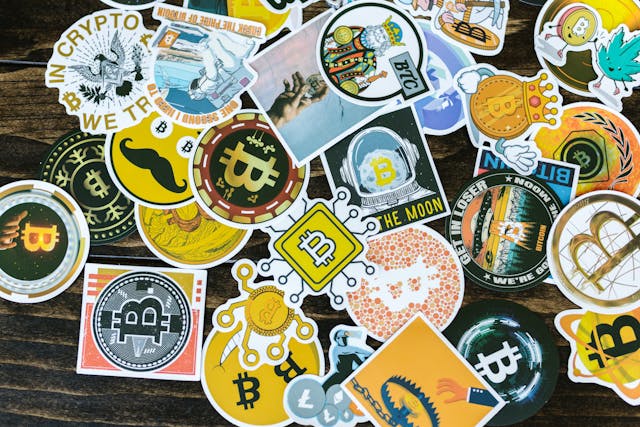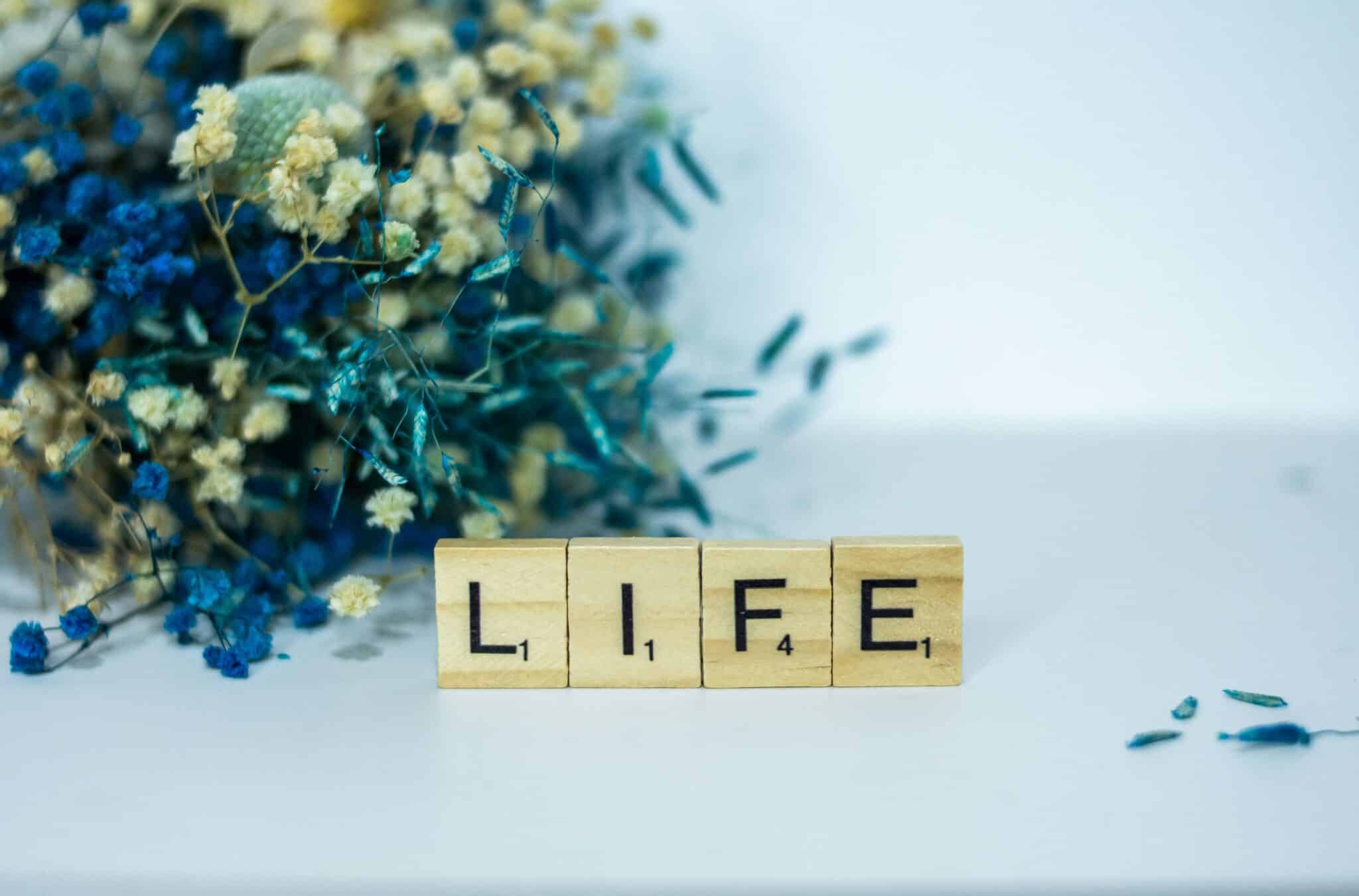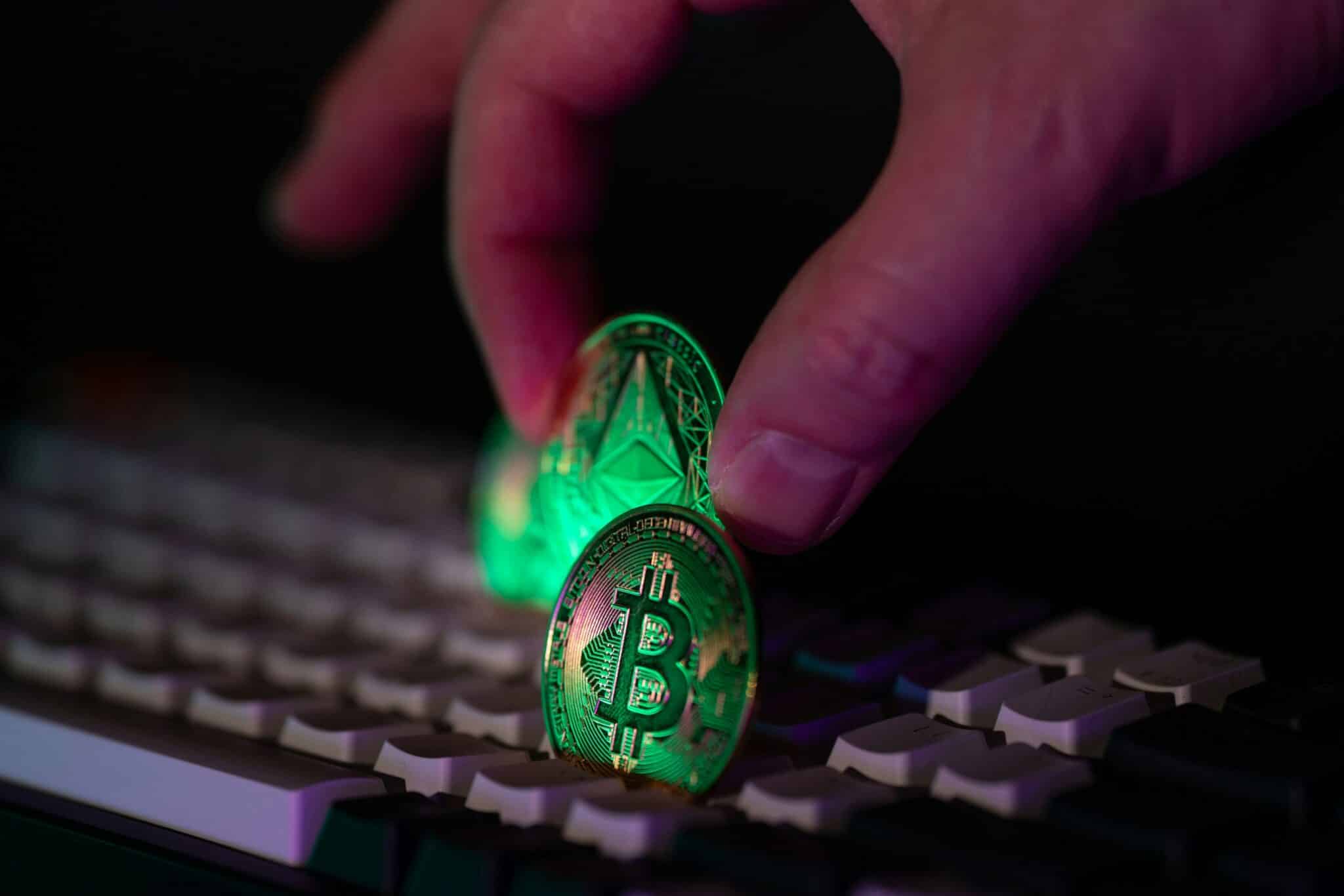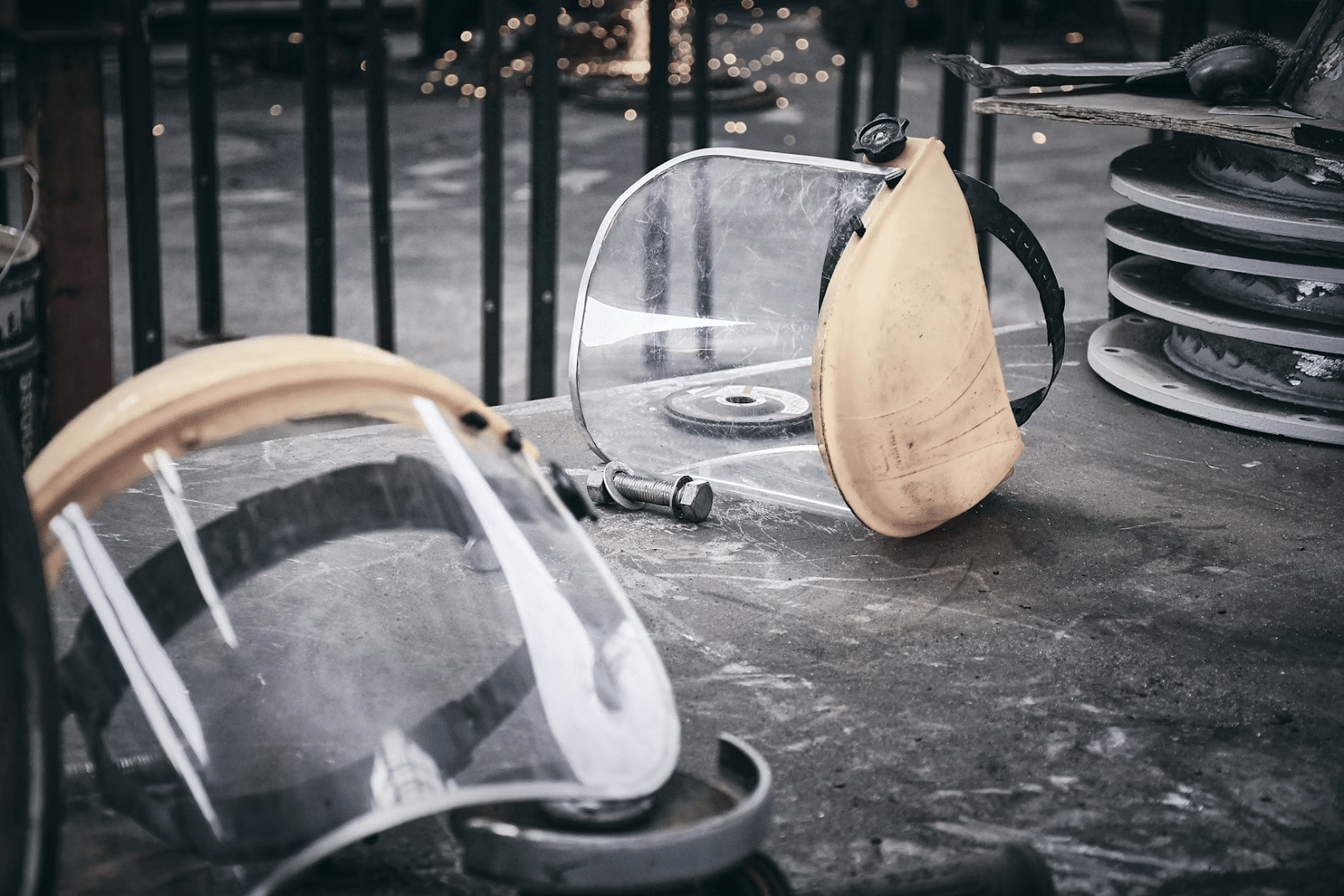DIY Projects: Making Your Own Stickers at Home


Stickers are a fun and creative way to express yourself, and the ability to make custom stickers at home has become easier than ever. Whether you’re looking to personalize your belongings, add flair to gifts, or start a small business, DIY sticker-making allows for endless possibilities. In this guide, we’ll explore how you can create your own stickers at home, why custom stickers are so popular, and the steps involved in this rewarding craft.
Why Make Custom Stickers?
Custom stickers offer a unique form of self-expression. Whether you’re designing stickers with meaningful quotes, creative artwork, or your favorite characters, they reflect your personality. Custom stickers are not just for personal use—they can be functional as well. Many small businesses use them for branding, while teachers and parents use them for reward systems. They can also help with organizing personal items, like labeling containers or notebooks.
The rise of DIY projects, especially in recent years, has seen more people wanting to create their own stickers for both personal enjoyment and professional purposes. The ability to fully customize the design, size, and finish of your stickers gives you control over the final product.
Tools Needed for DIY Stickers
Making your own stickers at home is relatively simple, but you’ll need some basic tools to get started. Here’s a list of the essentials:
- Printer: A high-quality inkjet or laser printer is ideal for producing sharp, vibrant stickers.
- Sticker Paper: Special adhesive paper that comes in a variety of finishes, like glossy, matte, or clear.
- Design Software: Programs like Adobe Illustrator, Canva, or free online tools allow you to create or modify designs before printing them.
- Cutting Tools: Scissors, craft knives, or cutting machines (like Cricut) to cut the stickers into your desired shapes and sizes.
- Sealant (Optional): A clear spray or laminate to protect the stickers from water or fading, especially if you plan to use them outdoors.
Steps to Make Your Own Stickers
1. Create Your Design
Whether you’re using a pre-made template or designing from scratch, start by outlining the shape, color scheme, and details of your stickers. Free tools like Canva offer easy-to-use interfaces for beginners, while more advanced users may prefer Photoshop or Illustrator. Be sure to account for bleed areas around your design to avoid trimming essential parts.
2. Choose Your Paper
Depending on the purpose of your stickers, you’ll want to pick the right type of sticker paper. For example, glossy paper is ideal for vibrant, colorful stickers, while matte paper may offer a more subdued, sophisticated look. If you’re making transparent stickers, clear adhesive paper works best.
3. Print
Adjust your printer settings to ensure the best quality. Make sure to select the right paper type (glossy, matte, or clear) in your print settings. Print a test page first to avoid any mistakes or misalignment.
4. Cut Your Stickers
Once printed, carefully cut your stickers using scissors or a craft knife. If you’re making multiple stickers of the same shape, investing in a cutting machine like Cricut can help ensure consistency and precision.
5. Seal (Optional)
If your stickers need to be waterproof or extra durable, consider applying a layer of clear laminate over them. Alternatively, a sealant spray can provide added protection from moisture, UV rays, and general wear.
Uses for Custom Stickers
There are endless applications for custom stickers. Here are a few ideas on how you can use them:
- Personalization: Add a personal touch to your phone, laptop, or stationery with unique sticker designs.
- Organizing: Stickers are perfect for labeling kitchen containers, notebooks, or office supplies.
- Small Business Branding: Many small businesses use custom stickers as part of their branding strategy. Packaging, thank-you cards, and promotional materials can all benefit from personalized stickers.
- Decorations: Custom stickers make great additions to scrapbooks, greeting cards, or party decorations.
- Kids’ Projects: DIY stickers are a great activity for children, encouraging creativity and hands-on play. They can design their own stickers or use pre-made templates to decorate their belongings.
Why Custom Stickers Are So Popular
Custom stickers are popular because they are versatile, affordable, and can be used for many different purposes. In a world that values individuality, the ability to design something unique and personal is empowering. Whether you are a hobbyist looking to explore your creative side or a small business owner in need of promotional materials, custom stickers offer a cost-effective solution.
Moreover, creating stickers at home gives you the flexibility to experiment with different designs without the need for bulk printing. You can print only as many as you need and make adjustments easily. With the right tools, the entire process is not only cost-efficient but also highly rewarding.
The Environmental Impact of DIY Stickers
Making your own stickers can be more environmentally friendly compared to mass-produced options. By controlling the materials used, you can choose eco-friendly sticker paper, reduce waste, and minimize your carbon footprint. Some individuals opt for biodegradable sticker paper or use refillable ink cartridges to further reduce their environmental impact. This is an excellent option for those who want to enjoy crafting while being mindful of their ecological responsibilities.
Conclusion
Making custom stickers at home is a creative and fulfilling project that allows for full artistic control. Whether for personal use, small businesses, or just for fun, the ability to design and produce your own stickers opens up endless possibilities. With the right tools, a bit of patience, and a touch of creativity, you can craft stickers that are unique, practical, and reflective of your personal style.
By exploring DIY sticker-making, you tap into a world of self-expression and endless creativity, making it a rewarding activity for people of all ages. Custom stickers can be functional, decorative, or a combination of both—whatever you choose, the results are always satisfying and personalized to your exact needs.









